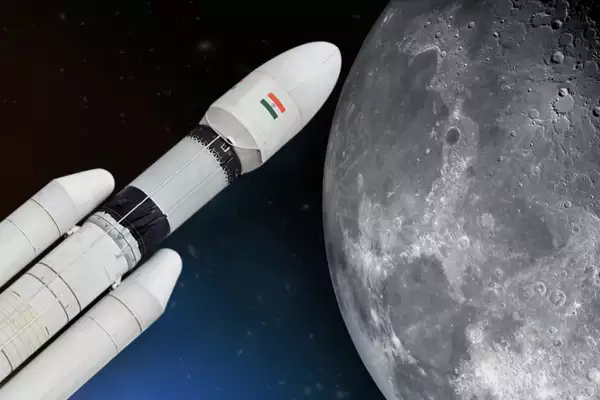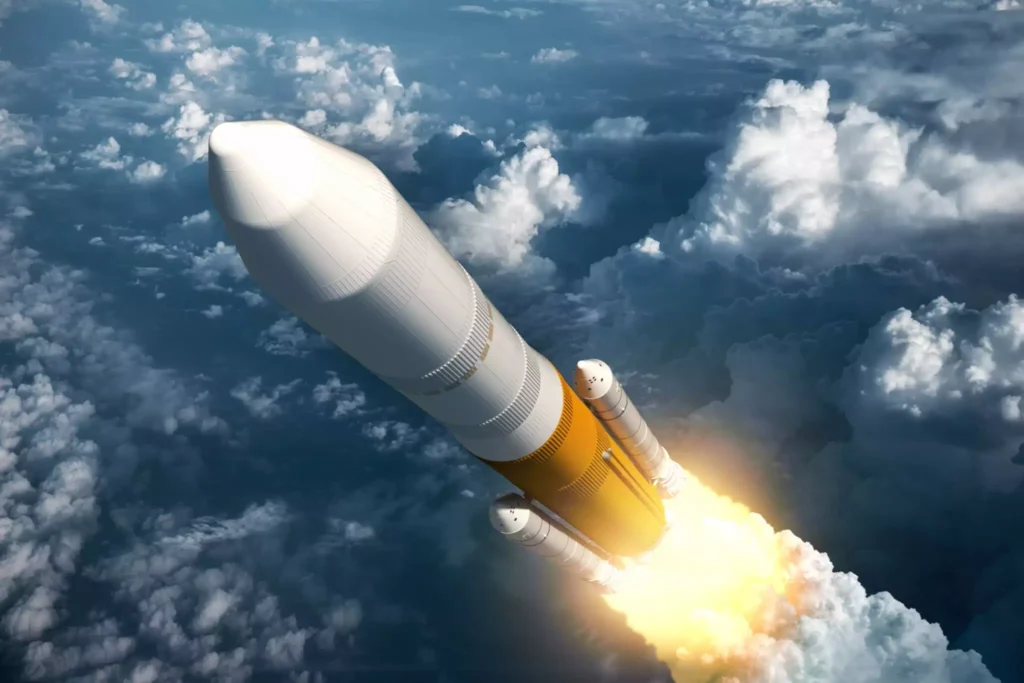Helium-related issues have recently affected space missions, including NASA’s Starliner and ISRO’s Chandrayaan 2, as two NASA astronauts remain on the International Space Station due to a faulty propulsion system, exacerbated by helium leaks.
About the Helium:
- Helium is classified as a noble gas in Group 18 of the periodic table.
- It is the second lightest element, following hydrogen.
- The gas is colorless, odorless, and tasteless.
- Helium has the lowest boiling and freezing points of any known substance.
- Helium is non-toxic but can displace oxygen, making it hazardous if inhaled in high concentrations.
- After hydrogen, helium is the second most abundant element in the universe and is present in all stars.
Use of Helium in Rocketry:
- Pressurization: Helium is crucial for pressurizing fuel tanks in rockets. This ensures a consistent flow of fuel to the engines.
- Cooling Systems: The gas is also employed in cooling systems to manage the temperature of stored fuels and other components.
Challenges with Helium:
- Leakage Issues:
- Helium’s small atomic size and low molecular weight make it prone to escaping through tiny gaps or seals in storage tanks and fuel systems.
- Leaks are detectable due to the scarcity of helium in the Earth’s atmosphere, making it a key indicator of potential faults in rocket systems.
- Impact on Missions: Helium leaks have caused delays and issues in several missions.
Ref: Source
| UPSC IAS Preparation Resources | |
| Current Affairs Analysis | Topperspedia |
| GS Shots | Simply Explained |
| Daily Flash Cards | Daily Quiz |
Frequently Asked Question:
Why is helium important in rocketry?
Helium is used for pressurizing fuel tanks and in cooling systems to ensure proper fuel flow and temperature regulation.
What are the challenges associated with helium in rocket systems?
Helium’s small atomic size makes it prone to leaks, which can lead to operational issues in rockets.
How does helium leakage affect space missions?
Helium leaks can delay missions or cause technical malfunctions, as seen in NASA’s Starliner and ISRO’s Chandrayaan 2.
What makes helium hazardous?
While non-toxic, helium can displace oxygen, posing a hazard if inhaled in high concentrations.
Why is helium used in cooling systems in rockets?
Helium is effective for maintaining low temperatures, crucial for managing fuel and other components in rockets.



